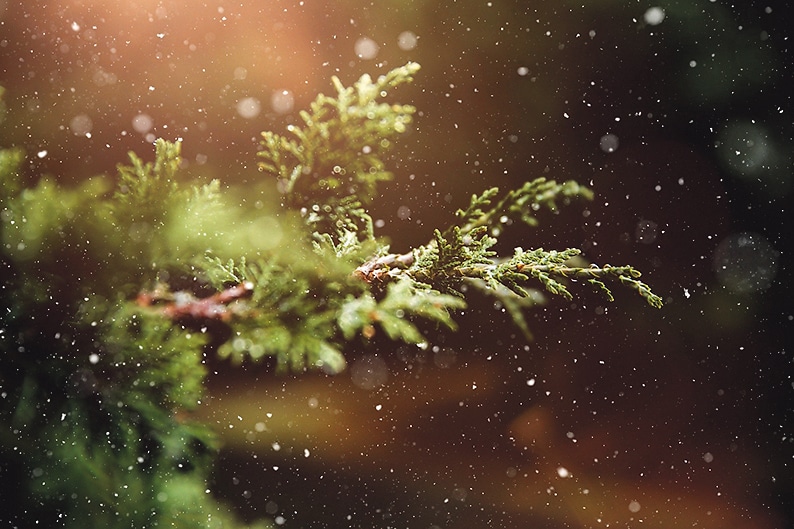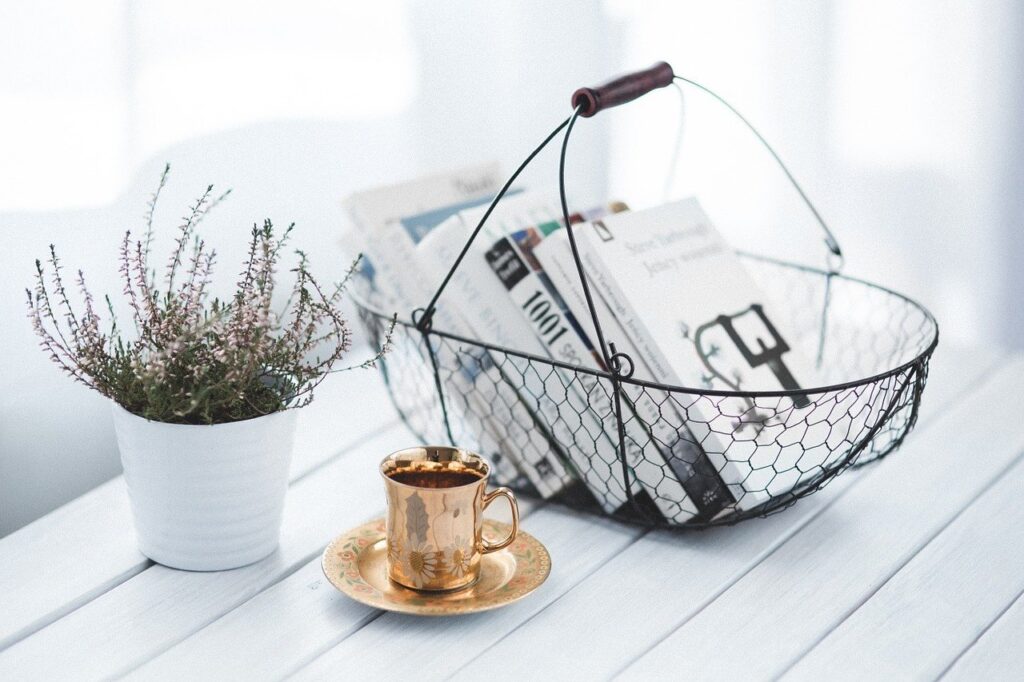
Here at Deelish Garden Centre, we get our first delivery of potted and pot grown living Christmas trees in early November. Last season we had a hard time keeping up to demand as many people are starting to make the switch from cut to living trees. There are many advantages to making this simple change;
Environmental: With over 650,000 Christmas trees cut last year in Ireland and over 10,000,000 more been grown for this industry, switching to a living tree will give many years of use from a single tree, saving a huge waste of valuable resources including land, fuel and time as well as reducing your family’s carbon footprint, and as a bonus, it will even absorb carbon dioxide and produce oxygen!
Financial: A living tree will cost on average €25-€65 depending on height and variety. This is very similar (or cheaper) to a cut tree in price. For every season you re-use your tree, you are saving money. Some of our customers have reported using the same tree for over 10 years. If you spent on average €50 per year on a cut tree, this could save you €450 over the 10 years by switching to a living tree!
Education: Explaining to children and adults your reasons for using a living tree is a perfect opportunity to educate them on a tree’s vital role in a healthy eco system, as well as their ability to absorb carbon dioxide and produce oxygen. Once the decorations are taken down, replanting your tree can become part of the Christmas routine as well as watching your tree grow through the year.
Practical: Personally I prefer having a living tree in our home in the weeks leading up to Christmas compared to trying to keep a cut tree from dropping its needles (which will not be an issue with the living trees) and generally looking limp! There will not be the issue of how to dispose of your cut tree at the end of the holidays. Some varieties we supply such as Nordmann and Fraser firs give off a lovely scent that I have come to associate with the holiday.
After selling living Christmas trees for over 30 years here at Deelish, we have found smaller trees usually have a better chance of transplanting after the holidays. You also get more years to reuse it after your first Christmas. Thankfully there has been a change over the last few years and many homes and commercial growers are now making the switch to living trees. However, be aware of some sellers supplying ‘living Christmas trees’, as many of these have simply been dug up from a tree farm with no understanding that the roots need to be undercut each year, and will have little or no chance of transplanting after Christmas. With over 35 years experience in trading with living Christmas trees we are proud to say that we know what to look out for when selecting a supplier and thus can offer our customers the best trees with the highest chance of survival.
Once you have decided on which type of tree to buy, or if you have dug up last year’s tree, try to minimise the amount of time you keep your tree indoors as the heat indoors can stress it. Place a saucer under the pot or line the inside of the pot with a plastic liner and water it every few days or as you see the needles start to droop. When moving it outdoors after Christmas, if possible keep it in a garage or shed for a few days to get used to the change in temperature.
Listed below are the four varieties we have this year and are all great choices for Christmas trees and for growing on in your garden;
Nordmann Fir This Christmas tree accounts for 75 per cent of trees sold in Ireland. It has superb needle-holding ability and is nick-named the ‘needle-fast’.
It has a glossy, rich green foliage and large soft family-friendly needles; great for young children and pets.
Norway Spruce This is the oldest traditional Christmas tree and is the ideal tree for outdoors or for a more traditional indoor variety. The tree’s needles are light green in colour and it has a good scent.
Fraser Fir Is a citrus scented tree of compact growth, slimmer than a Nordmann and it also has good needle-retaining qualities. The Fraser Fir has soft dense needles, green with a silver underside. The tree itself has a conical shape with great proportions, particularly good in small to medium sizes.
Blue Spruce The blue spruce, also known as the Colorado blue spruce, is loved for its waxy gray-blue needles that tend to curve upwards. Native to the Rocky Mountains of the United States, this spruce tree features dense foliage that grows in a conical shape anywhere up to 75 feet tall. The blue spruce is said to have ‘the perfect Christmas tree shape’.
Feel free to come and have a look at the full selection of Christmas trees at Deelish Garden Centre, and we will be happy to help you select the perfect tree for your situation. Remember, gardening doesn’t have to cost the earth!



